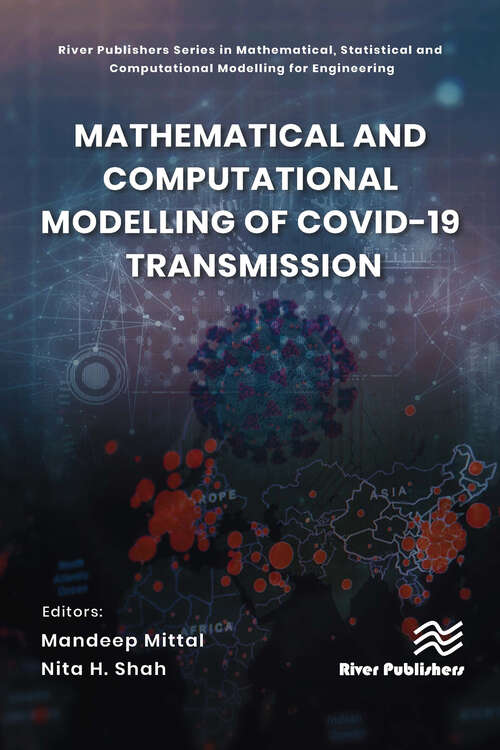Mathematical and Computational Modelling of Covid-19 Transmission (River Publishers Series in Mathematical, Statistical and Computational Modelling for Engineering)
By:
Sign Up Now!
Already a Member? Log In
You must be logged into Bookshare to access this title.
Learn about membership options,
or view our freely available titles.
- Synopsis
- Infectious diseases are leading threats and are of highest risk to the human population globally. Over the last two years, we saw the transmission of Covid-19. Millions of people died or were forced to live with a disability. Mathematical models are effective tools that enable analysis of relevant information, simulate the related process and evaluate beneficial results. They can help to make rational decisions to lead toward a healthy society. Formulation of mathematical models for a pollution-free environment is also very important for society. To determine the system which can be modelled, we need to formulate the basic context of the model underlying some necessary assumptions. This describes our beliefs in terms of the mathematical language of how the world functions. This book addresses issues during the Covid phase and post-Covid phase. It analyzes transmission, impact of coinfections, and vaccination as a control or to decrease the intensity of infection. It also talks about the violence and unemployment problems occurring during the post-Covid period. This book will help societal stakeholders to resume normality slowly and steadily.
- Copyright:
- 2023
Book Details
- Book Quality:
- Publisher Quality
- Book Size:
- 306 Pages
- ISBN-13:
- 9781003807155
- Related ISBNs:
- 9788770228312, 9788770040457, 9781032623146
- Publisher:
- River Publishers
- Date of Addition:
- 12/07/23
- Copyrighted By:
- River Publishers.
- Adult content:
- No
- Language:
- English
- Has Image Descriptions:
- No
- Categories:
- Nonfiction, Computers and Internet, Medicine
- Submitted By:
- Bookshare Staff
- Usage Restrictions:
- This is a copyrighted book.
- Edited by:
- Mandeep Mittal
- Edited by:
- Nita H. Shah
